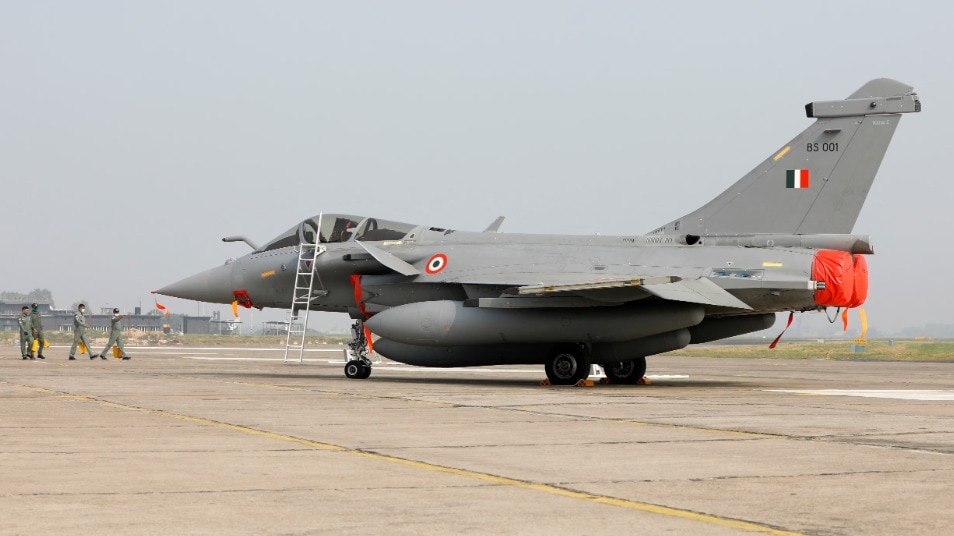China Launches Disinformation Campaign Against French Rafale Fighter Jets
In the aftermath of the India-Pakistan conflict in May, dubbed Operation Sindoor, China embarked on a sophisticated disinformation campaign targeting the reputation of the French-made Rafale fighter jets. Leveraging its global network of embassies, Beijing sought to undermine confidence in the aircraft’s capabilities and promote its own military hardware. This campaign comes on the heels of disputed claims by Pakistan, a close Chinese ally, of downing three Rafales during the brief conflict. These claims were swiftly refuted by both Dassault Aviation, the Rafale’s manufacturer, and Indian defense officials. While India acknowledged losing an unspecified number of aircraft during Operation Sindoor, they categorically denied any Rafales were among them.
Central to China’s strategy was the dissemination of false narratives through its defense attaches stationed in various embassies. These officials reportedly engaged with their counterparts in countries that had ordered or were considering purchasing Rafales, portraying the aircraft’s performance in the India-Pakistan conflict as subpar. They simultaneously emphasized the purported superiority of Chinese-made alternatives, attempting to sway potential buyers away from the French jet. This targeted lobbying effort aimed to exploit any lingering doubts about the Rafale’s combat effectiveness and capitalize on the opportunity to expand China’s own arms sales.
The disinformation campaign extended beyond diplomatic channels, encompassing a wide array of online tactics. French intelligence officials identified a surge of social media activity featuring manipulated images purporting to show Rafale wreckage, along with AI-generated content and video game simulations depicting the aircraft’s supposed destruction. This coordinated effort involved a network of over 1,000 newly created social media accounts, amplifying the narrative of Chinese technological dominance. The campaign’s online component highlights the increasingly sophisticated methods employed in modern disinformation warfare.
The French Ministry of Defence officially recognized the existence and scale of the disinformation campaign, characterizing it as a “vast” effort to undermine the credibility of the Rafale and, by extension, France’s defense industry. The Ministry emphasized the strategic importance of the Rafale as a flagship export product and highlighted the campaign’s broader objective of damaging France’s image as a reliable defense partner. The attack on the Rafale, the Ministry argued, was not simply about the aircraft itself, but a calculated attempt to undermine France’s standing on the global stage and disrupt its strategic alliances.
The timing of the disinformation campaign is particularly noteworthy, coinciding with France’s growing defense ties with countries in the Indo-Pacific region. Analysts suggest that China views this burgeoning relationship as a threat to its own regional ambitions and is actively seeking to counter it by sowing doubt about the quality of French military equipment. By promoting a narrative of Rafale vulnerability, China aims to discourage potential buyers in the region and strengthen its own position as a leading arms supplier. This strategy reflects a larger geopolitical competition between China and Western powers for influence in the strategically vital Indo-Pacific region.
The Rafale has seen considerable export success, with Dassault Aviation securing orders for hundreds of aircraft from various countries, including Egypt, India, Qatar, Greece, Croatia, the UAE, Serbia, and Indonesia. Indonesia, having already placed an order for 42 Rafales, is reportedly considering further purchases. Despite the disinformation campaign, the Rafale remains a highly sought-after fighter jet, testament to its advanced capabilities and performance. The long-term impact of the disinformation campaign on future Rafale sales remains to be seen, but it underscores the challenges faced by defense manufacturers in navigating an increasingly complex and contested information landscape. The case also highlights the need for robust counter-disinformation strategies to mitigate the impact of such campaigns and maintain trust in legitimate defense technologies.


